An honest look: photographer Tariq Zaidi lifts the veil of secrecy over North Korea (11 photos)
Photographer Tariq Zaidi visited North Korea in 2017. He recently released a photo book, North Korea: The People's Paradise, in which he attempted to objectively show the lives of people in this unique country. 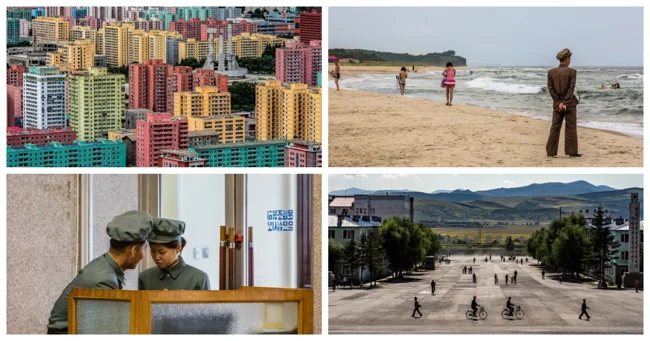
For most people, North Korea remains a mysterious and incomprehensible country. In 2017, photographer Tariq Zaidi became one of the few non-Chinese tourists allowed to visit North Korea. Accompanied by two North Korean curators, he followed a carefully planned route, but this did not stop him from capturing many different aspects of life in this country.
In her new book, North Korea: A People's Paradise, Zaidi shares unique images, giving us a rare glimpse into a world most of us will never see with our own eyes. This allows us to humanize and better understand a culture that often remains incomprehensible to the outside world.
In an exclusive interview with My Modern Met, Tariq Zaidi talks about his experiences in North Korea and shares his thoughts on this interesting journey. 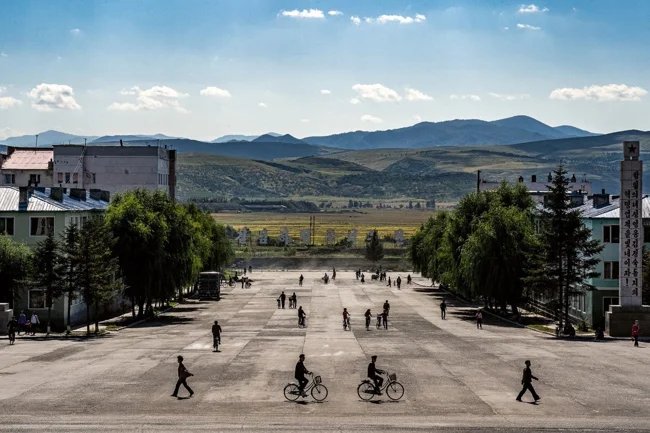
— What initially inspired you to travel to North Korea?
— When I planned my first trip in 2017, I expected to experience the vibrant atmosphere of the annual beer festival, an event where foreigners and locals could freely mingle and take photos. However, that year the festival was postponed, and instead I was offered an intensive sightseeing tour around the country. While it wasn't exactly what I expected, this structured, guided itinerary revealed a lot of hidden gems and cultural treasures that I might have missed in the hustle and bustle of the festival. 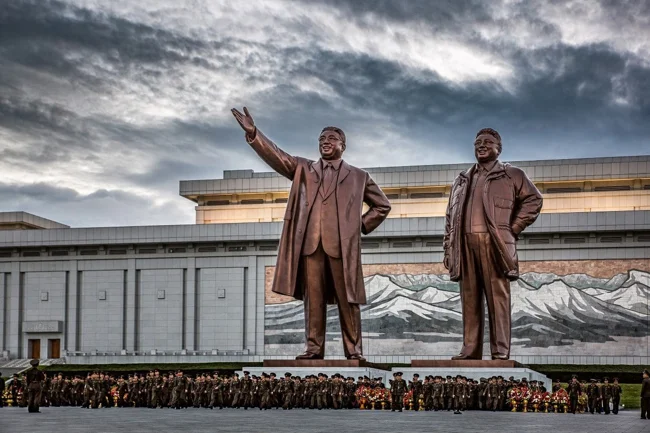
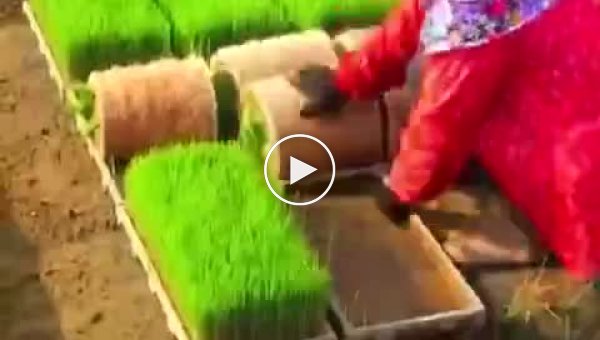
Despite the lack of spontaneous communication, I became immersed in the rich tapestry of North Korean history and traditions. In my book, North Korea: A People's Paradise, I use candid photographs to explore the ordinary in this extraordinary nation—the daily lives of people making their way within the country as it does the same on the global stage.
Inviting readers to look beyond the headlines, the book sheds light on people's experiences and reveals a diverse picture of the people and culture of North Korea, challenging our preconceived notions. The photographs illustrate the hidden stories and realities that lie within its borders and the veil of secrecy that dominates the narrative of this country.
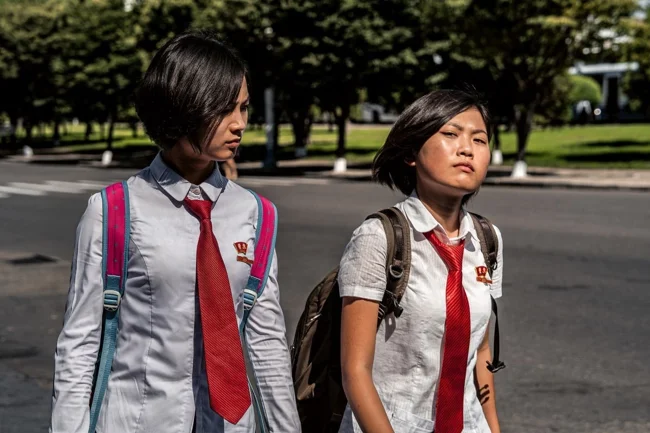
— What surprised you most about the country you saw?
— North Korea reminded me of a mixture of the GDR, Cuba, Vietnam and China 20 years ago. It's a cross between these countries and some of the Central Asian states I've visited in recent years, but more orderly and cleaner. However, everything is relative - in North Korea there were significant differences between rural and urban areas in terms of aesthetics, people and lifestyle.
— How isolated is life in this country from your point of view?
— The only real connections are mainland China and Russia. Visiting North Korea is a rare privilege that very few people receive. About 5,000 non-Chinese tourists visit the country every year; Those lucky enough to visit are met with strict rules and regulations, including photography controls.
Despite this isolation, I found a combination of the familiar and the unknown in North Korea. The country has retained features reminiscent of other socialist states, but at the same time has its own unique culture and traditions. This creates a feeling of being immersed in a world that feels both familiar and completely alien at the same time. It was this contrast that became one of the most memorable aspects of my journey for me.
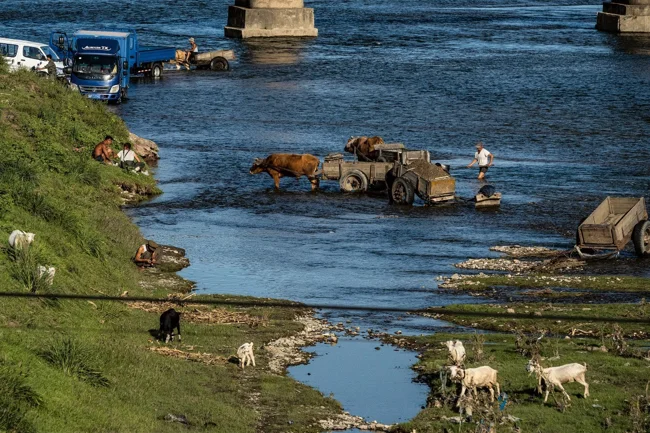
— Given the restrictions imposed on photographers visiting North Korea, were you worried whether you would be able to shoot there?
— Since January 2020, the country has been closed to all visitors, including North Koreans living outside its borders. Previously, access was possible through agencies in China or Russia, but required permission and a visa. During my visits, I was always accompanied by two North Korean guards, who regularly checked my photographs and sometimes demanded that they be deleted. Routes and destinations were strictly defined and could not be changed.
Working in such conditions was not easy, but I never felt unsafe or faced any hostility. I am used to working in difficult or inflexible environments. The constraints I faced in North Korea were similar to those I've encountered in other projects, be it security, transport or mobility. Rules exist everywhere, they just vary in nature depending on where you work.
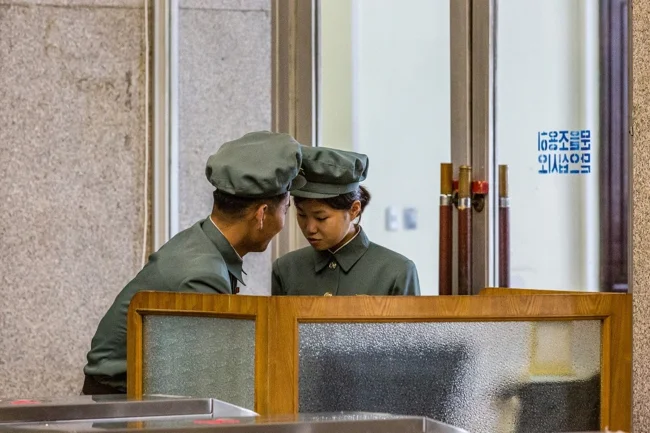
— How did the local residents react to you photographing them?
— Children, as a rule, did not mind. Adults usually allowed me to take photographs, but only after polite requests on my part. This, however, depended on the location of the shooting. For example, on the subway, when I pointed the camera at people, they shyly lowered their heads to avoid being in the frame.
I can say with certainty whether it was due to cultural differences, shyness, or lack of photography habits. Like everywhere else in the world, I photographed those who did not mind, and respected the wishes of those who did not want to be photographed.

— Are there any photos that you had to delete and you regret it?
— During my visit to Pyongyang, I took many photographs in the amusement park at night, but subsequently I had to delete them. It was a very surreal setting to photograph given the political situation in 2017 and I wish I had been allowed to keep them. The guides didn't mind me photographing groups of people going about their daily lives, but the individual portraits I took were removed.
It's hard to say what else I could have photographed because my first trip was organized in such a way that I did not have the opportunity to independently explore and find interesting subjects to photograph.

— What do you remember most during your stay in North Korea?
— During my photo shoots in North Korea, guides played a key role in choosing the subjects that I could photograph. First of all, they informed me about what is allowed to film and what is prohibited. At the end of each day, they evaluated the photos I took and recommended which ones should be deleted, emphasizing the importance of maintaining quality photos. Their insistence on achieving “good photos” amused me and motivated me to improve my skills.
The guides often reviewed my photos and immediately deleted those they deemed inappropriate, regardless of their content. When I asked about their reasons for removing non-military images, they explained that their goal was to achieve exceptional images by encouraging the pursuit of photographic perfection.
The leadership of North Korea has significantly influenced the scope of my photography. They banned military-related images in line with global norms. They also discouraged photography of individuals, but allowed group photos. Many photographs were taken in motion, capturing street scenes from car windows. At the same time, permitted places such as the Science Center and official monuments were photographed with a guide.
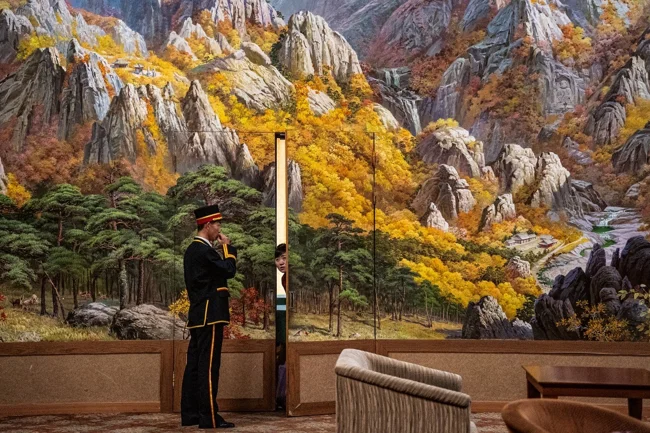
— How did this book project come about and what was the process of selecting images for the book?
— As with my previous books, such as "Sapeurs: Ladies and Gentlemen of the Congo" and "Sin Salida (No Way Out)", my creative process begins with an interest in the topic. This curiosity drives me to explore the subject further through research and reading, often followed by numerous field trips over several years. After each trip, I present my findings to various editors to identify areas that require additional study or development.
When I feel the work is complete, I collaborate with a designer to create a layout for the book. This includes selecting and sequencing images, crafting a narrative, and ensuring the format is suitable for a book. The layout is then presented to potential publishers.
In the final stages, the selection and arrangement of images is completed in close collaboration with the designer and publisher. This process involves numerous iterations and discussions about the final images for the book, the format in which they will be presented, and their sequence in the book. For a book about North Korea, I collaborated with the designer Stuart Smith and the publishing house Kehrer Verlag. The entire project, including photography, editing, research and writing, took over three years.
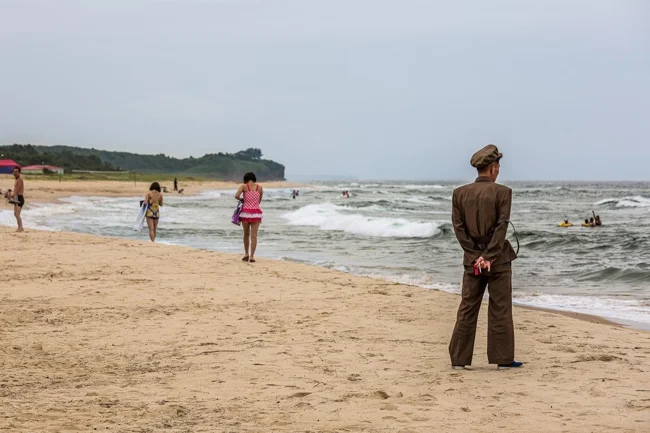
What do you hope people take away from these photographs?
“Many of my photography projects focus on under-lit communities and places. North Korea has intrigued me for many years as we know very little about it other than information from the mainstream media. I wanted to use photography to look at everyday life in this country, documenting the people and culture as much as possible, given the current restrictions and bans on photography.
Beyond the militarism, authoritarianism and control that have come to be associated with North Korea, people continue to live their lives. This book aims to present their reality (culture as much as possible) to the rest of the world. I sought to document what I saw, showed, heard and felt during my time in North Korea.
Given the restrictions associated with working in this country, my goal is to provide readers with a comprehensive and in-depth experience. Forming their own views now falls on the shoulders of those who become familiar with my work.


